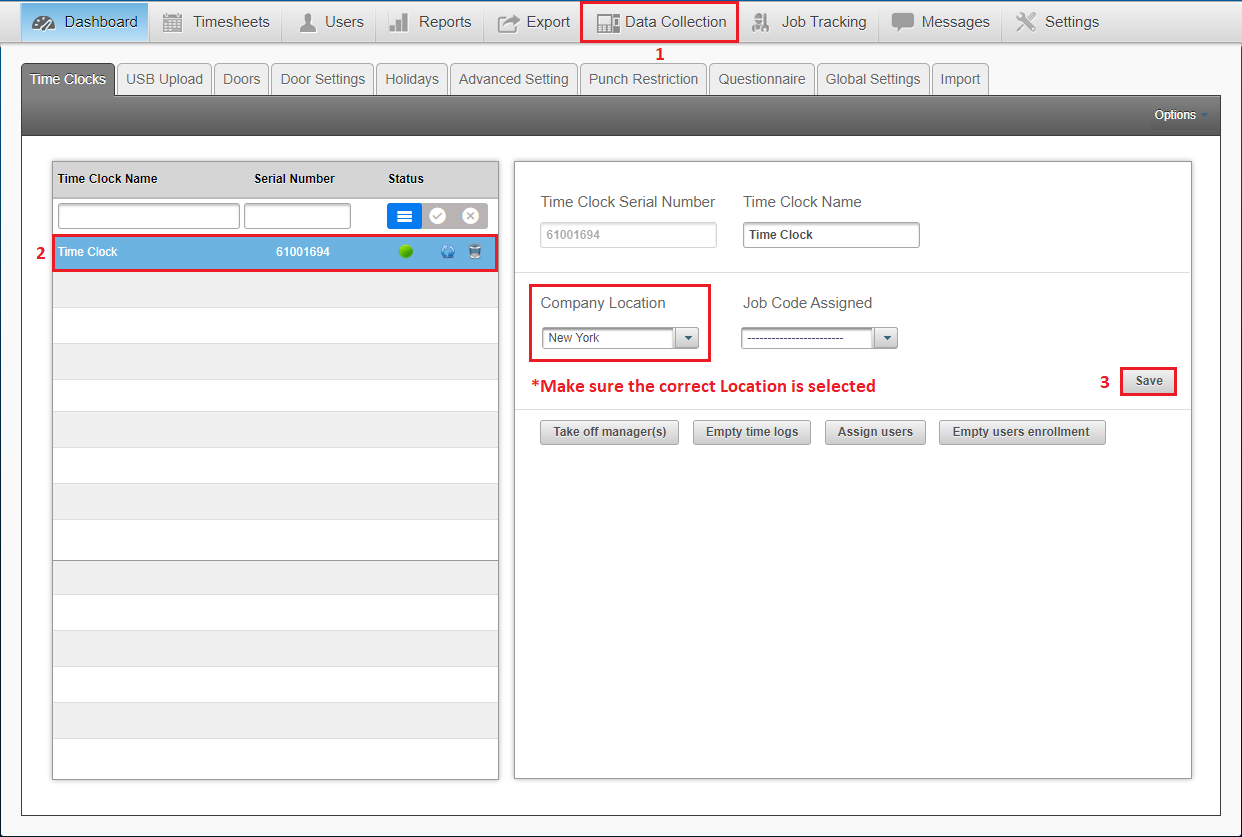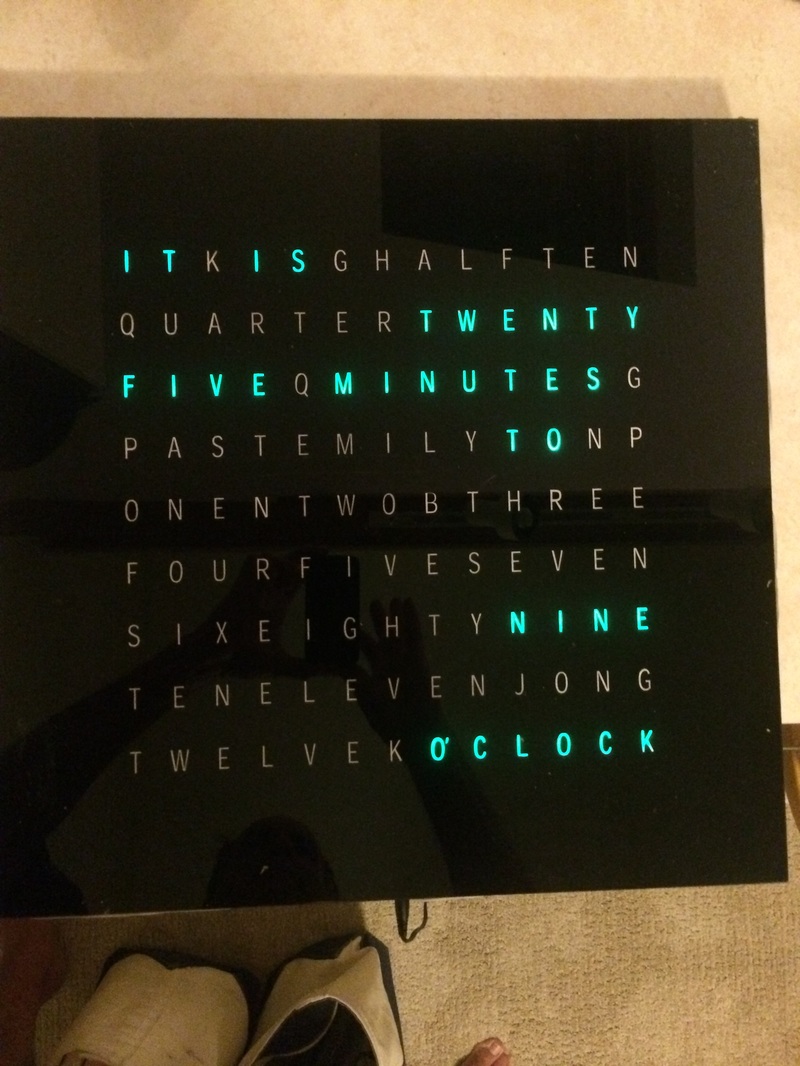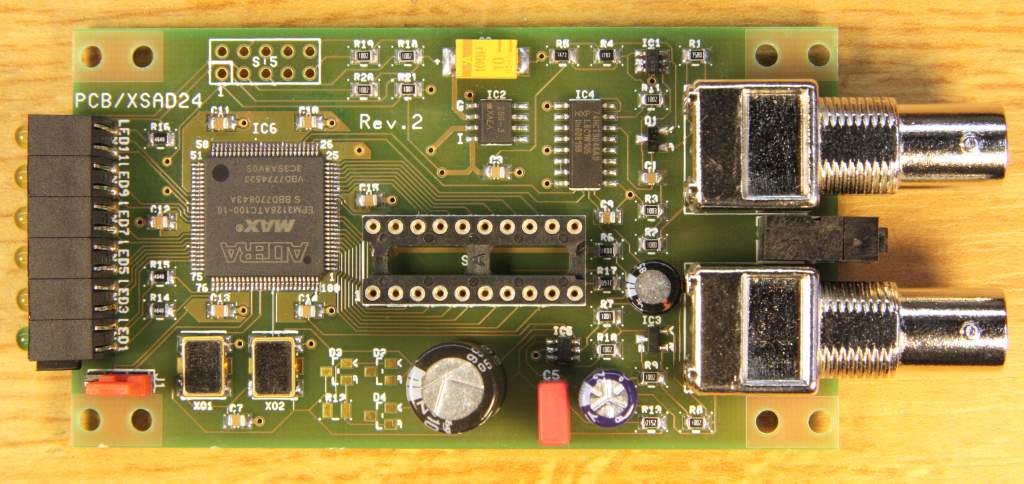


Today, many audio interface manufacturers use ADAT optical and its cousin S/MUX (more on that in a minute) to provide an easy and affordable way to add inputs and outputs to your recording rig when needed. The generic name for this standard is “EIAJ optical.” Toslink is an optical-fiber connection system developed by Toshiba that uses a JIS F05 connector. These cables can be purchased at your local recording-equipment store. The ADAT Lightpipe format has been adopted by many audio manufacturers because it's a compact way to transfer multichannel digital audio data between devices.ĪDAT Lightpipe uses the same type of optical cables and Toslink connectors as the S/PDIF two-channel optical digital audio protocol (discussed shortly). The ADAT Optical interface protocol, commonly referred to as “ADAT Lightpipe,” was developed to stream eight channels of 16-, 20-, or 24-bit digital audio at 44.1 kHz or 48 kHz, allowing multichannel digital transfers between ADAT digital recorders and other digital audio devices over a single fiber-optic cable. The Alesis ADAT modular digital multitrack tape recorder allowed users to record eight tracks of digital audio simultaneously. To help you understand these technologies, we’ve prepared a brief tutorial on digital connections and synchronization. Some PreSonus products also have dedicated, standardized connections for digital-audio synchronization signals. +/- 0.Many PreSonus products are equipped with standardized digital audio inputs and outputs, enabling them to transfer digital audio to and from an assortment of devices without conversion to and from the analog domain. Random jitter amplitude < 180 ps in all operation modesĬlock jitter < 8 ps RMS within the audio spectrum (20 Hz – 20 kHz) Lock range to external word clock is 40 – 200 kHz Lock range to external LTC is +/- 10% of nominal speed SD Bilevelsync, 300 mV sync, 300 mV burst Outputs 7-8: multipliers Fs x1, Fs x2, Fs x4 Outputs 1-6: multipliers Fs x1, Fs x2, Fs x4

MTC, MMC and Rosendahl SYSEX for firmware updatesĪccepts SD Bilevel syncs and HD Trilevel syncsġ10 ohms, 3.5 Vpp, AES-3 (Fs x1 or Fs x2)
#WORD CLOCK SYNCHRONIZATION MAC OSX#
USB 2.0, class compliant midi device plug and play under windows XP or Mac OSX A Nanosyncs HD Multi Standard Sync Engine inserted in your synchronisation chain guarantees continuous, steady sync signals. The unlock and relock procedures are processed smoothly and ensure that all output signals deliver stable reference signals in all operation conditions. Jittery, interrupted or lost input signals do not affect the stability of the video and audio reference outputs. Word clock jitter is < 8 ps RMS within the audio spectrum (20 Hz – 20 kHz). The improved DDS audio clock synthesiser combined with a new, ultra high frequency analog PLL design results in lowest clock jitter and minimal phase drift. The new Nanosyncs HD Multi Standard Sync Engine is an intricate electronic gearbox which locks PAL, NTSC or slow PAL, progressive or interlaced HD Trilevelsyncs and digital audio reference signals together in any required combination.

With the introduction of high definition video standards synchronisation of digital audio and video signals is becoming an even more exacting and complex task than it has been already.


 0 kommentar(er)
0 kommentar(er)
